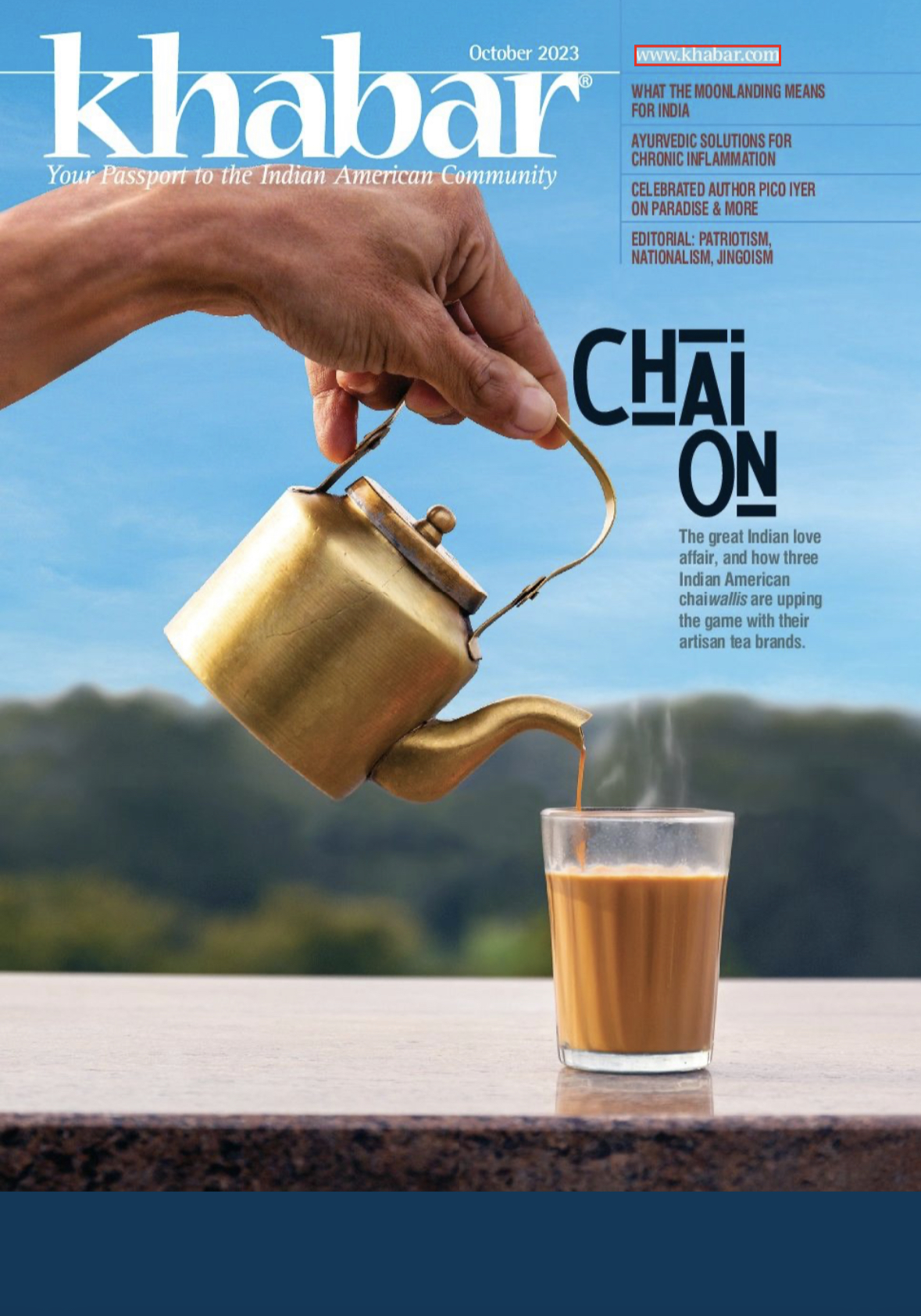Sucheta contributes to AFAR, Travel+Leisure, TIME Magazine, Atlanta Magazine, AAA, Conde Nast Traveler, CNN, Southern Living, Fodor’s Travel, Marriott Bonvoy Traveler, HuffPost, Thrillist, Georgia Trend Magazine, Khabar, and others. Read her latest stories below…
To work with Sucheta for editorial coverage and press trips, contact Sucheta. You can also download the media kit.
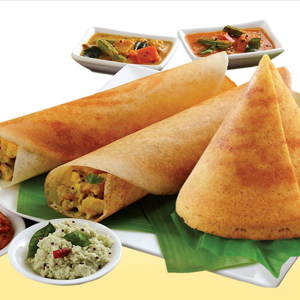
Khabar Magazine. April 2024 PRINT. Or Samosa Day? Chai Day? National Curry Week? A short primer on how we can be ambassadors of desi delicacies in the U.S. I am guilty of waiting in line for a free Krispy Kreme doughnut on National Doughnut Day. My personal favorite is the original glazed, always served hot. […]
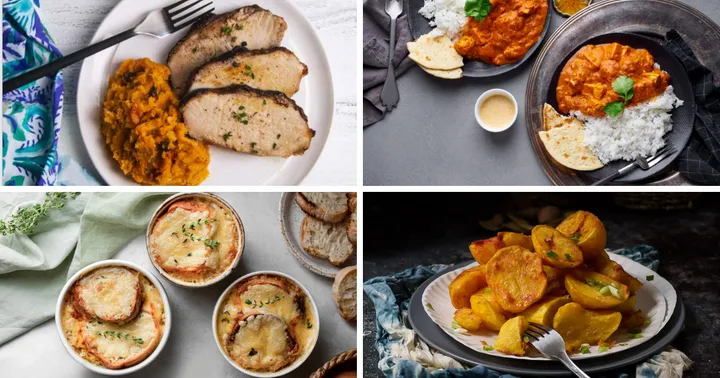
HuffPost. December 2022. While many familiar Christmas traditions originated in Western countries, people from all around the world and from different cultural backgrounds celebrate the holiday with the same spirit of gratitude and togetherness. No matter where, recipes passed on through generations are central to family gatherings. From callaloo to chicken tikka masala, find out […]
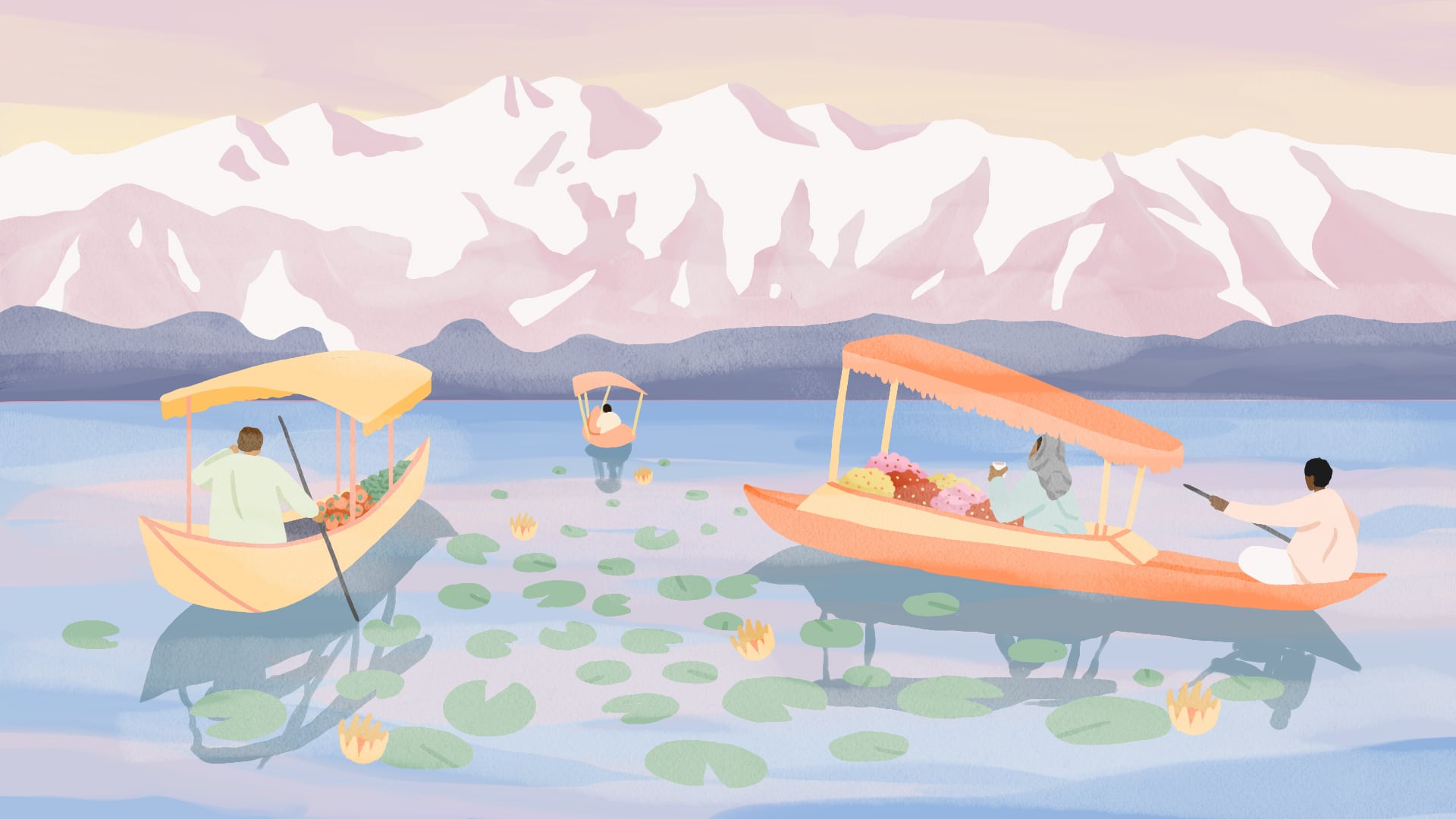
Marriott Bonvoy Traveler. Oct 2022 I wake up at 4 a.m. to the sound of an imam chanting the Muslim call to prayer from the loudspeaker of a nearby mosque in Srinagar, India. At this early hour, darkness still envelops the city, the largest in India’s northernmost state of Jammu and Kashmir. Normally, I am […]

Khabar Magazine. August 2022. For the longest time, one of the pet peeves of Indians has been that our cuisine does not get its due credit in the American dining scene. Well, that has changed in 2022, and how! In June, the Asheville, North Carolina-based Chai Pani (which also has a location in Decatur, Georgia) […]
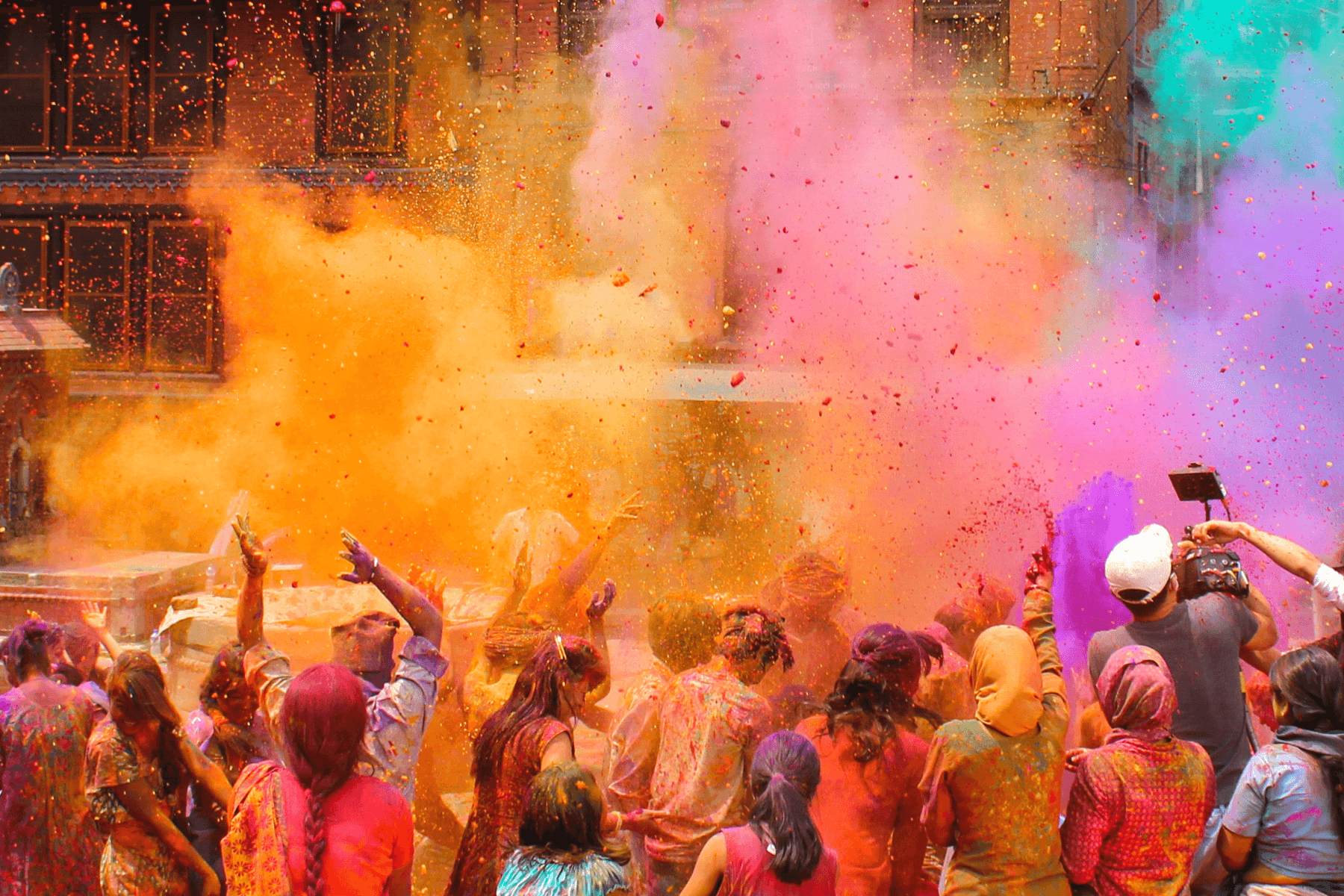
Paperless Post. Feb 2022. Play, laughter, and love are the essence of Holi, the Indian festival that marks the end of the dark and dreary winter and welcomes the bursting colors of spring. Each year, Holi kicks off the beginning of the spring growing season, and the festival is a chance to let loose and […]

Paperless Post. December 2021. For Hindus all around the world, Diwali (Divali or Deepavali) is the biggest festival on the calendar each year. During the days leading up to Diwali, friends and coworkers exchange gifts of dry fruits, sweets and precious metals. Children enjoy the festive atmosphere and anticipate spending quality time with cousins and […]

The Infatuation. May 2021. Upscale Indian restaurants are moving past white tablecloths and spinning their own version of Indian food as a sincere, personal experience. For more than a century, the traditional American understanding of “fine dining” meant white tablecloths and French (or at least European) cuisine and modes of service. Fine dining might have […]
